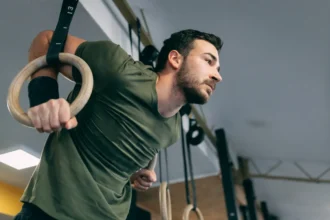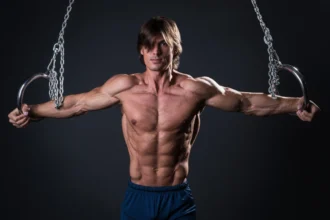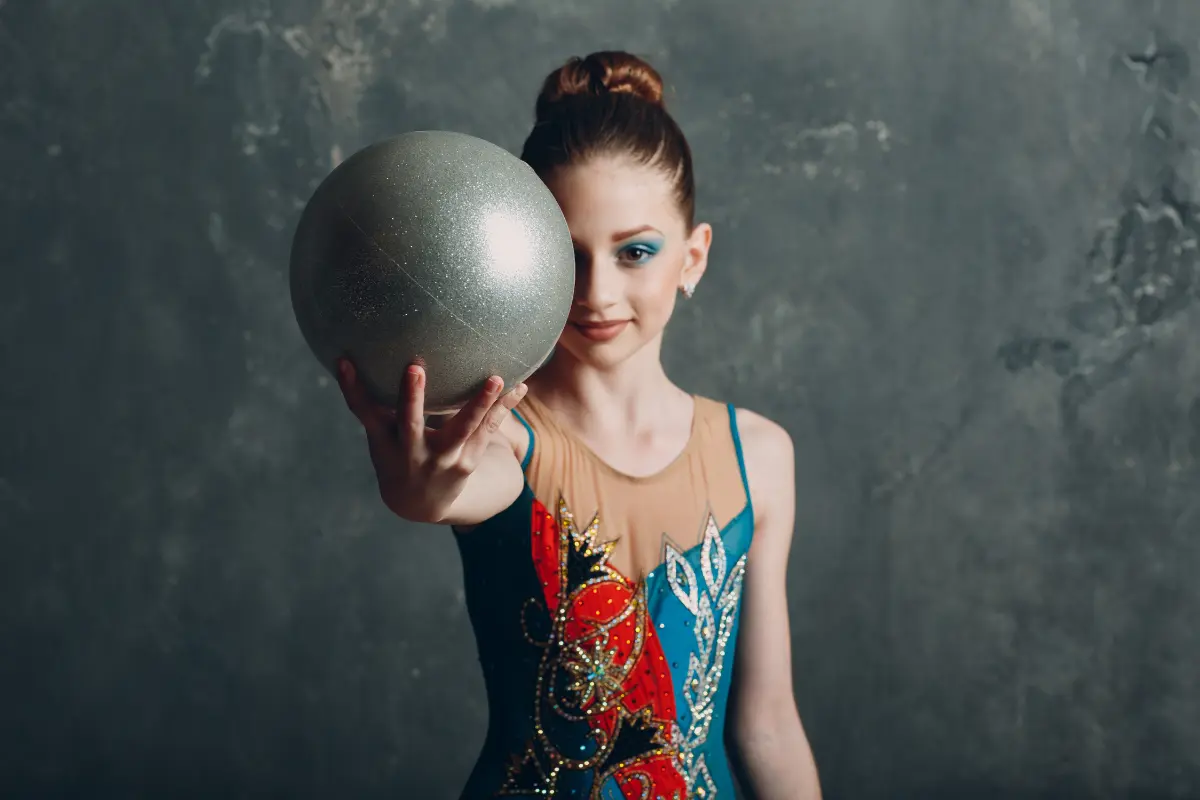Flexibility, in a physical sense, refers to the ability of a joint or series of joints to move through a full range of motion. It’s a key component of overall fitness, alongside strength, endurance, and balance. In yoga, ballet, and gymnastics, flexibility isn’t just beneficial – it’s essential.
1. Increased Range of Motion
The most obvious benefit of flexibility in these disciplines is an increased range of motion. This allows practitioners to:
- Achieve more extreme poses in yoga, such as the full splits (Hanumanasana), deep backbends (Wheel Pose), and inverted postures (Headstand)
- Execute higher kicks and grander leaps in ballet, like the grand jeté (split leap) and developpé (unfolding of the leg)
- Perform splits and backbends in gymnastics, including the oversplit on balance beam and the Tkatchev release move on uneven bars
Without exceptional flexibility, many of the signature moves in these practices would be impossible to perform safely or aesthetically.
For example, a gymnast without sufficient hip and hamstring flexibility would struggle to perform a split leap on floor exercise or maintain a split position on balance beam.
A ballet dancer lacking ankle flexibility would find it challenging to achieve the full range of motion required for pointe work.
2. Improved Performance and Aesthetics
Flexibility directly contributes to the performance quality and visual appeal of these disciplines:
In yoga, deeper stretches can lead to more profound physical and mental benefits. For instance, a deeper forward fold (Uttanasana) can provide a greater stretch for the hamstrings and lower back, promoting relaxation and stress relief.
Ballet dancers with greater flexibility can create longer lines and more fluid movements. A dancer with exceptional back flexibility can achieve a more graceful and expressive port de bras (movement of the arms).
Gymnasts can achieve higher scores by demonstrating greater flexibility in their routines. A gymnast who can perform an oversplit on balance beam or floor exercise may receive bonus points for amplitude.
3. Injury Prevention
While it might seem counterintuitive, the extreme flexibility required in these disciplines can help prevent injuries when developed properly. Flexible muscles and joints are less prone to strains and tears, allowing practitioners to push their bodies safely to new limits.
However, flexibility must be balanced with strength and stability. Overstretching or forcing flexibility without proper technique can lead to injuries such as muscle strains, ligament sprains, or joint dislocations.
This is why yoga, ballet, and gymnastics all incorporate strength training and proper alignment cues alongside flexibility work.
Discipline-Specific Demands
While all three disciplines require exceptional flexibility, each has its own unique demands and focus areas.
Yoga
Yoga emphasizes whole-body flexibility, with a particular focus on:
- Spinal flexibility for backbends and twists: Poses like Cobra Pose (Bhujangasana), Bow Pose (Dhanurasana), and Supine Twist (Supta Matsyendrasana) require significant spinal mobility.
- Hip flexibility for seated poses: Forward bends like Seated Forward Fold (Paschimottanasana) and wide-legged postures like Seated Wide-Angle Pose (Upavistha Konasana) demand open hips.
- Shoulder and hamstring flexibility for forward folds: Poses such as Standing Forward Bend (Uttanasana), Head-to-Knee Forward Bend (Janu Sirsasana), and Seated Forward Fold require flexibility in the shoulders, hamstrings, and lower back.
The slow, controlled nature of yoga allows practitioners to gradually increase their flexibility over time, often holding poses for extended periods to deepen stretches. Yoga also emphasizes breathing techniques (pranayama) and mindfulness, which can help practitioners relax into stretches and avoid overstretching.
Ballet
Ballet demands a specific type of flexibility that combines strength and grace:
- Extreme turnout of the hips: Ballet dancers strive for 180-degree turnout, meaning their feet point completely opposite from each other when standing. This requires significant external rotation of the hip joints.
- High leg extensions to the front (grand battement devant), side (à la seconde), and back (arabesque). A skilled dancer may be able to extend their leg well above 90 degrees in any direction.
- Flexible feet and ankles for pointe work: Dancing en pointe (on the tips of the toes) requires extreme plantar flexion of the ankles and strong, flexible intrinsic muscles of the feet.
Ballerinas must not only be flexible but also maintain perfect control and alignment throughout their range of motion. A dancer’s flexibility must be honed through years of specific training at the barre and in the center, focusing on proper placement and technique to avoid injury.
Gymnastics
Gymnastics perhaps demands the most extreme forms of flexibility:
- Exceptional back flexibility for skills like back walkovers, back handsprings, and contortion-style poses in floor exercise and balance beam routines
- Split flexibility in all directions, including front splits, side splits, and split leaps on floor, beam, and vault
- Shoulder flexibility for skills like Tkachevs (a reverse grip release move) and Jaegers (a front flip release move) on uneven bars
Gymnasts need to be flexible enough to perform these extreme moves while maintaining the strength and control to land safely and transition between elements. They often begin training at a very young age to develop the necessary flexibility, with many elite gymnasts training upwards of 30 hours per week.
The Path to Exceptional Flexibility
Achieving the level of flexibility required for advanced practice in yoga, ballet, or gymnastics is a long-term process that requires:
- Consistent Practice: Regular stretching and flexibility training are essential for making gains in flexibility over time. This often involves daily practice, with multiple stretching sessions per day for professional-level dancers and gymnasts.
- Proper Technique: Correct form prevents injuries and ensures effective stretching. This means focusing on proper alignment, engaging the correct muscle groups, and avoiding overstretching or bouncing in stretches. Working with a qualified instructor is essential for learning proper technique.
- Holistic Training: Combining flexibility work with strength training and skill practice is crucial for developing functional, usable flexibility. For example, a gymnast needs to be strong enough to control their flexibility in skills like back walkovers, not just passively flexible.
- Early Start: Many professional ballet dancers and gymnasts begin training in early childhood (around age 4-8) to maximize their flexibility potential. Starting stretching and flexibility training early can make it easier to develop the extreme ranges of motion required in these disciplines.
In conclusion, yoga, ballet, and gymnastics demand exceptional flexibility due to the specific physical requirements of their techniques, the aesthetic ideals they pursue, and the functional needs of their most challenging movements.






